Potato Varieties in Kenya
Boil ‘em, fry ‘em, bake ‘em. Eat them solo, as the main dish, side dish, or salad.
This is how versatile potatoes are. The potato is the second most-consumed food in Kenya, after maize. It holds this position firmly aided by the many fast food outlets that sell French fries.
It is said that human beings can survive on a diet of potatoes and meat. This potato-meat combination will provide all the required nutrients for survival.
This article will focus on the most popular varieties. It should guide you on what characteristics you should look out for. This is important when you are targeting a particular market for potatoes.
Potato Seed Sourcing
The source of your seed is the single most important decision you have to make in potato farming.
Many farmers harvest and sort out the small potatoes. They then use them as seeds for the next season. Selling these small potatoes has become a business on its own as some farmers do not know where they can buy certified seeds from.
The danger with buying “recycled” seeds is that you are not in control of the quality.
You have no idea if it is disease-free, what output to expect and even what variety you are planting.
A veteran potato farmer mentioned to me that every time you carry forward a generation of potatoes as seeds, they lose one “eye’.
Whether or not this is true, the fact that it is a possibility should be enough to put off any serious farmer.
How do you know if it is a 2nd or nth generation seed? Tricky business!
There are privately owned and government institutions that sell certified, well-labeled seeds.
The difference in cost between the price of seed recycled by the farmer and the certified seed is usually 20-30%.
The farmer’s seed may be priced lower but the discrepancy will be felt during harvest. Many farmers lack information on where to source the certified seed.
Popular Potato Varieties in Kenya
We grew up knowing that potato is potato. Apart from the skin color variation in some varieties, all potatoes could be used for any purpose. At least that is what we knew.
The variety of seeds chosen depends on your target market. The registered number of tomato varieties in Kenya stands at 56 and is increasing as more players come into the market.
With all these varieties, which one will you go for? Which one will satisfy your target market?
Shangi
The Shangi potato variety has been popular with farmers for donkey years.
Shangi potatoes have a mysterious origin.
The story goes that the seed was under research when it mysteriously found its way into the hands of farmers.
Many farmers swear that they will die with it. The reasons are actually very valid. Shangi has a short maturity of between 2 ½ – 3 months. It also has a short dormancy period meaning that it can be replanted within a very short time after harvest.
Remember the issue of the farmer selling small potatoes as seeds? Here you go!
It has a pleasant color, good taste but is a mess when it comes to firmness. It disintegrates fast when cooking which makes it troublesome for eateries that sell French fries. The oil used may not last as long as it becomes dirty pretty fast.
Shangi also has deep eyes which makes it hard to peel and wasteful because some pieces have to be cut off in order to peel them properly.
Shangi Version 2
There have been unsuccessful attempts to convince farmers to try other varieties.
So eventually government through KALRO gave in and decided to go back and improve on it.
Enter, New Shangi.
The uptake has not been too good and a lot of work still needs to be fine to convince farmers.
Shangi Version 3
Rumors are that there is a 3rd version of Shangi.
This one has unknown origins but is said not to be local.
It is so bad in quality and was introduced with the sole purpose of discouraging the farmer from planting it.
We do not know whether this is true or not. But there have been muted complaints by farmers that these days Shangi is not the way it used to be.
Markies
Markies is a potato variety bred specifically for the fast-food industry. It is an oval, white skin tuber with light yellow flesh.
It produces big tubers. It has a long maturity of up to 120 days. Markies potatoes have low sugar content which makes them good for deep frying as they do not retain oil. It also cooks pretty fast and is tasty. Its ability to stay long in storage is also of exceptional quality.
The interesting thing about Markies is that if you boil it, it remains very firm. You may even doubt if it is cooked.
Markies potatoes are not suitable for stewing in a domestic setting.

Destiny
Destiny is a variety that has low sugar and thus is suitable for deep frying. It is a medium-sized, red skin, round-shaped potato. Perfect for use in crisps manufacture.
Because of its low sugar content, it maintains a clean look and does not brown easily during frying. The round shape and consistent size gives important in the uniformity of crisps.
Destiny also has the highest dry matter content and fewer, shallow eyes making it very desirable as it gives higher yields during processing.
Sherekea
Sherekea is gaining popularity in Kenya.
This is because it produces very many tubers per plant and is touted to be the highest yielding variety.
It is round and red-skinned and its only drawback is late maturity which not be desirable for a farmer looking to make a quick shilling.
Sherekhea has the distinct advantage of being versatile in use. It can be boiled, baked, and used in the crisps though its medium to deep eyes may prevent it from being the first choice in crisping.
It has thick skin so does not bruise easily meaning that it can be stored for longer periods.
Alika
Alika is a potato variety that is fairly unknown but deserves mention because it is for a niche market.
It is a medium-sized, red, round tuber whose single most important characteristic is that its skin comes off easily. This makes Alika a good potato for people who prefer to bake rather than stew or fry potatoes.
The obvious angle here is that it is for individuals who are highly conscious of their health. It has a long maturity, long dormancy period so its uptake in farming may not be very fast.
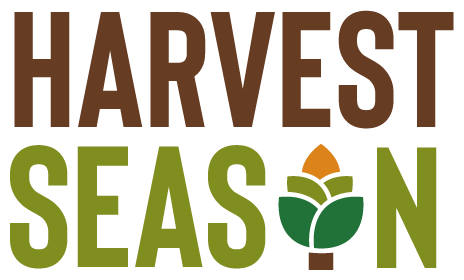
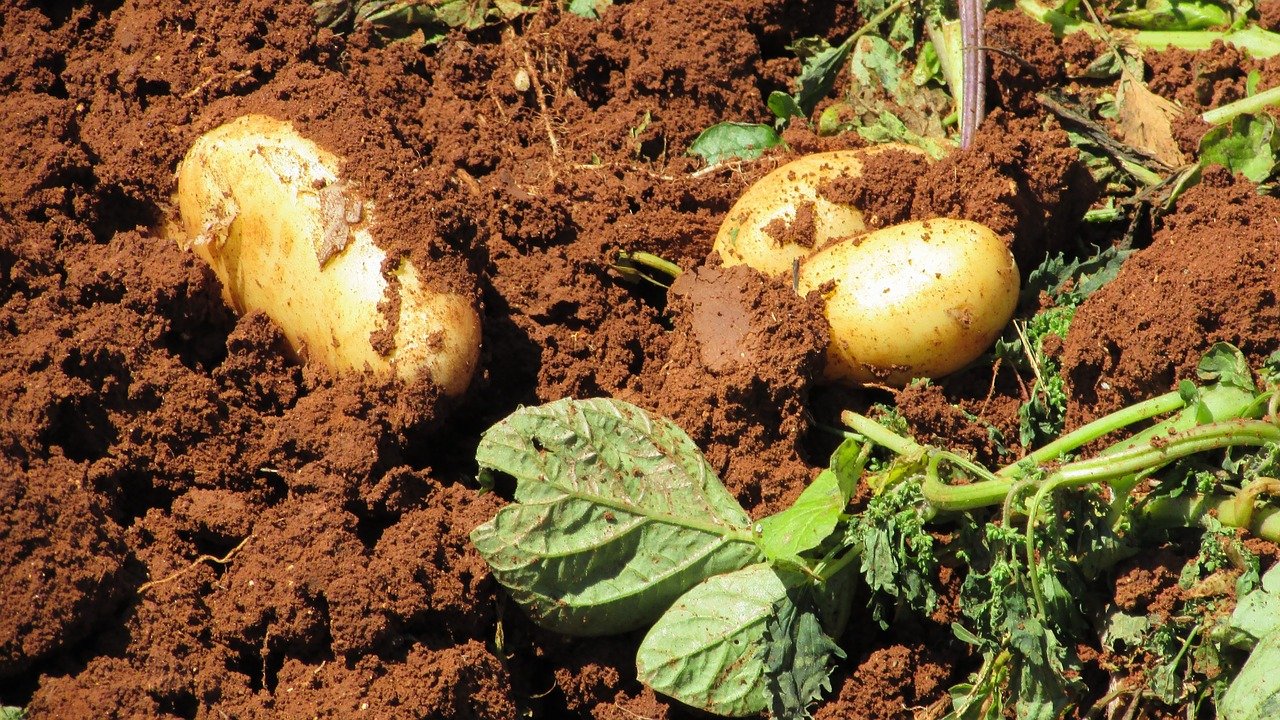
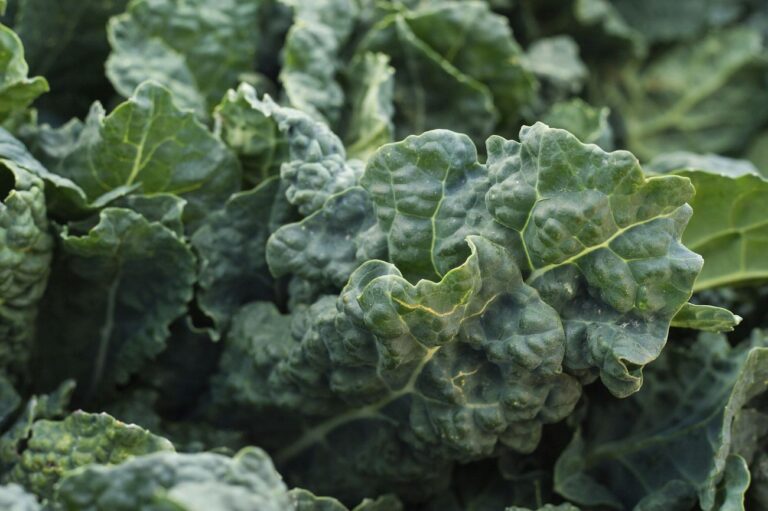
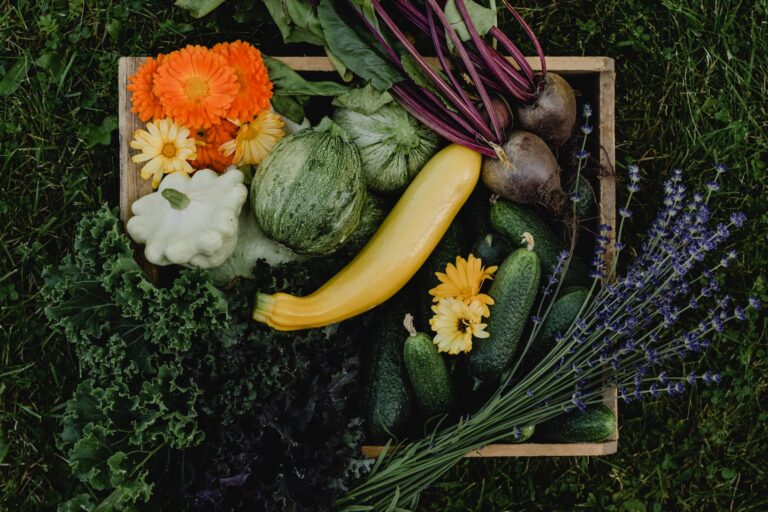
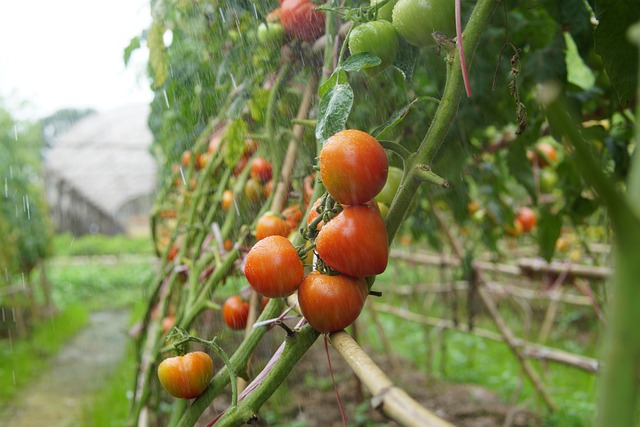
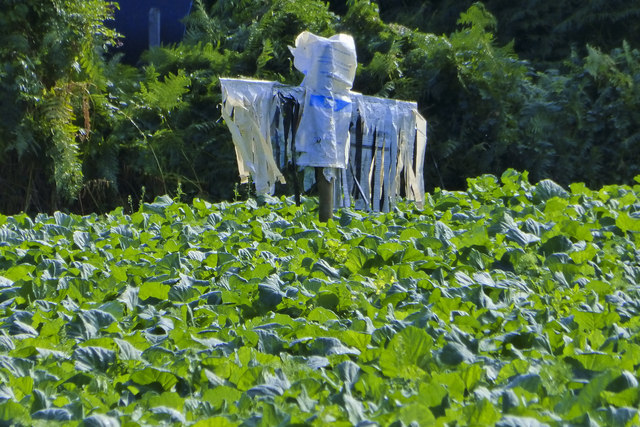

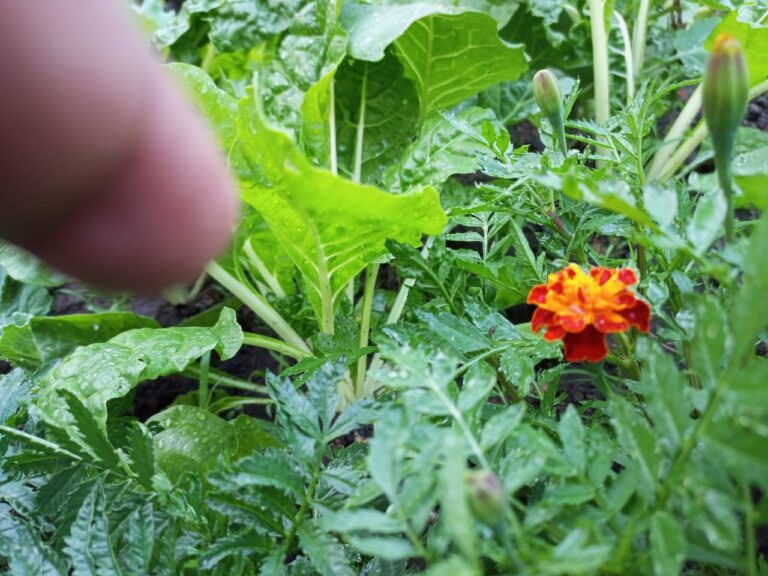
Very good piece of information on horticulture. Would like to know more on indigenous vegetable farming.